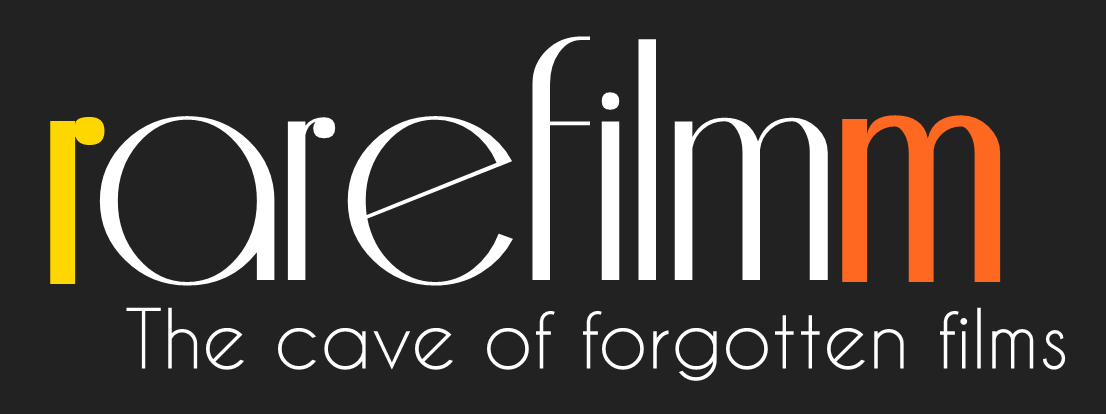Etta is an elderly acrobat incarcerated in a care home. One night, a ghostly presence brings Etta into contact with Alice, a young night nurse. Etta discovers that Alice’s touch brings ecstatic, disturbing memories to life, but Alice has a morbid fear of physical contact.
Category: Short
Skyward examines the relationship between man, birds, and the environment at Suncoast Seabird Sanctuary in St. Petersburg, FL. Centering on the growth and development of a family of Canadian geese, and restoring nature’s ecological balance.
In just 14 minutes, Avraham Heffner’s short film successfully refines the confession of a quarrel and reconciliation between an ageing couple in late 1960s Tel Aviv. The heroine’s omnipresent, stream-of-consciousness narration provides a harsh account of life together. And though it is a short film, Slow Down was nonetheless hailed a harbinger of a new style of Israeli filmmaking and storytelling, while director Avraham Heffner himself admitted it was his favourite film. Based on a short story by Simone de Beauvoir (L’âge de discretion).
This colourful short animation traces the insecure protagonist’s path to tobacco addiction after he discovers, as a teengaer, that smoking can make him “cool”. His addiction follows him well into adulthood, until the scare of lung cancer forces him to face his demons. This funny yet cautionary tale is told by the protagonist as he sits on a psychiatrist’s couch, his recollections amusingly illustrated in colourful vignettes of his past. Both entertaining and visually rich, the film is a deterrent against smoking drawn in typical ’60s modernist/pop-art style.
The grandfather, whose house is guarded by seven flames, sends his three grandsons fishing. An evil witch casts a spell on two older grandsons and turns them into pigs. The youngest grandson calls the flames for help…
François Truffaut said of Paul Vecchiali in his early days that he was “the only true heir of Jean Renoir.” The first short film of this director, who was to become a singular figure of independent French cinema, follows the path of an elderly woman towards her memories and beyond. Attentive, affectionate and sometimes cruel, Vecchiali’s camera invents its own expressive language.
Vera and Heike are two friends who aspire for a dazzling lifestyle, but don’t own any savings to do so. Vera decides to start stealing from men while sipping drinks with them in bars. When Heike takes over her job, her technique doesn’t prove as successful and she ends up being caught at once.
